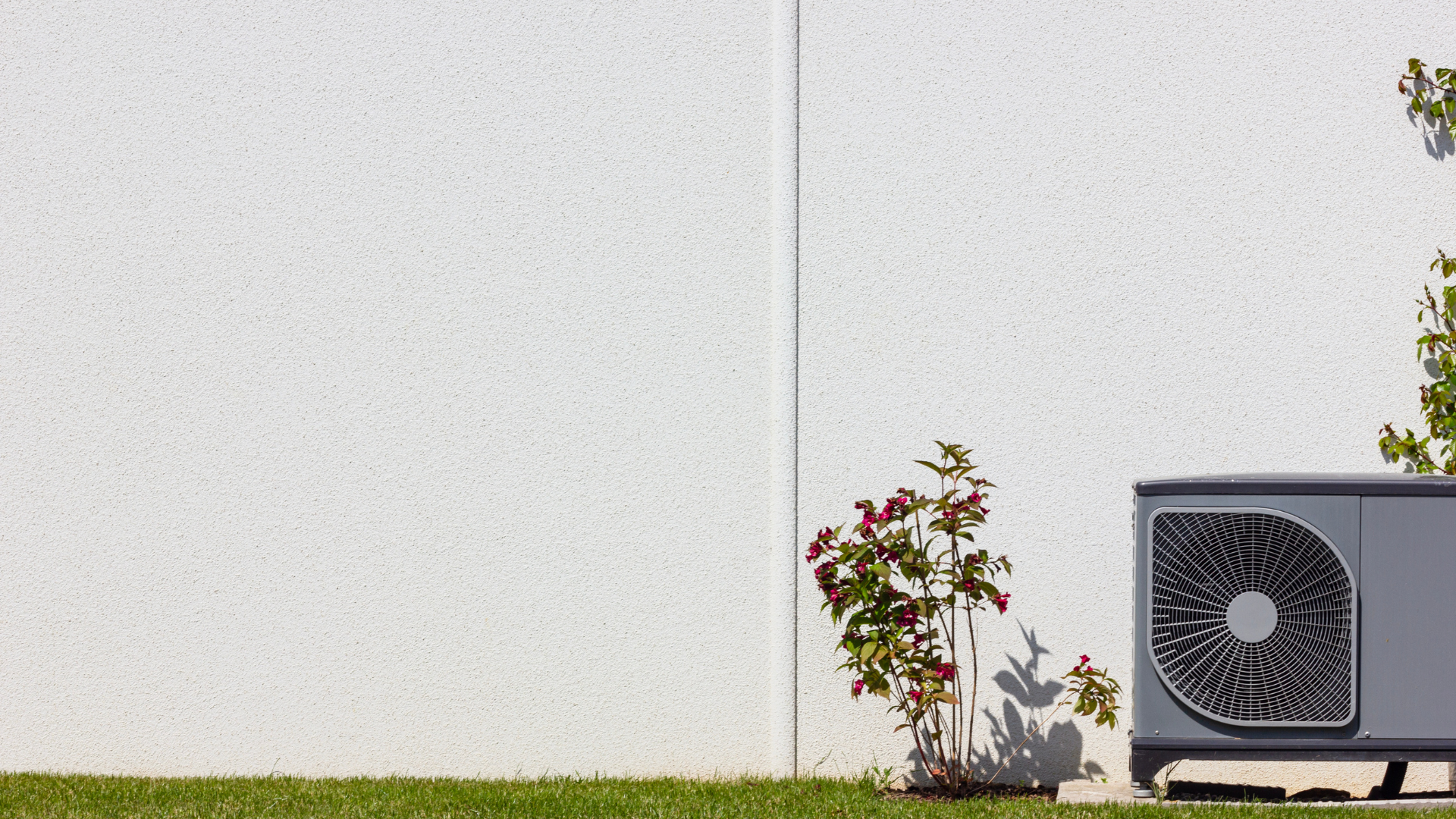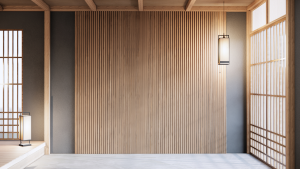Keeping a home cool during warmer months is essential for comfort and well-being. There are several effective strategies to lower indoor temperatures, from optimizing ventilation to investing in energy-efficient appliances. Recognizing how various factors like insulation and sunlight affect heat retention can significantly enhance a home’s coolness.
Simple changes, such as closing blinds during peak sunlight or utilizing fans strategically, can make a noticeable difference. Understanding how air circulation works within a space allows individuals to maximize cooling effects without solely relying on air conditioning. Exploring these methods will empower homeowners to create a comfortable indoor environment throughout the hottest days of the year.
Fundamentals of Home Cooling
Effective home cooling relies on strategic insulation, natural ventilation, and the right landscaping choices. These key elements work together to create a more comfortable indoor environment.
Understanding Insulation
Insulation plays a crucial role in maintaining a cool home. It slows down the transfer of heat, helping keep indoor temperatures stable. Effective insulation materials include fiberglass, foam, and cellulose.
Proper insulation should cover areas such as walls, attics, and basements. This prevents heat from entering during hot days. For best results, ensure that insulation is installed correctly, with no gaps. In some cases, new insulation over old insulation can be an effective solution, but it’s important to evaluate the condition of the existing material to prevent issues like moisture buildup or reduced efficiency.
Homeowners should consider a professional energy audit. This evaluation identifies weak points in insulation and potential improvements. By enhancing insulation, it becomes easier to keep the house cool with less reliance on air conditioning.
Maximizing Natural Ventilation
Natural ventilation can significantly reduce indoor temperatures. Promoting airflow creates a comfortable living space without mechanical cooling. Open windows on opposite sides of the home can facilitate a cross breeze.
Utilizing strategically placed vents also enhances airflow. Owners should consider using window fans to encourage circulation during warm evenings. This method capitalizes on cooler outdoor air and expels warmer indoor air.
It’s essential to time window openings according to outdoor conditions. Early mornings and late evenings are typically cooler. Keeping windows closed during the hottest part of the day helps trap cooler air inside.
Landscaping for Shade
Landscaping is an effective way to improve home cooling. Planting shade trees around the house can block direct sunlight, reducing indoor temperatures. Deciduous trees are especially beneficial, as they provide summer shade and allow sunlight in during winter. Get in touch with a tree company to make sure that your trees are maintained and cared for properly, as you do not want them to be damaged or get diseased during the different seasons.
In addition to trees, installing awnings or pergolas can create more shaded areas. These structures also protect windows from heat, leading to further cooling benefits. This landscaping approach minimizes heat absorption by the building. Additionally, incorporating mulch around plants helps retain moisture, while using stone pathways can reduce soil erosion and add visual appeal.
To maximize the cooling effect, homeowners like yourself should choose plants that grow tall and leafy. Position these strategically to provide shade over windows and outdoor living spaces. Proper site preparation is also essential. However, if you are apprehensive of doing this on your own, then you can take the help of professionals. Now, there are qualified experts at various companies like Peters Creek Grading (peterscreekgrading.com), for example, who may specialize in grading and land clearing to ensure landscapes are well-structured. They can help ensure that your outdoor space is thoroughly prepared and maintained well. Irrespective of whether you do it on your own or through a reliable professional, a well-thought-out landscape reduces the need for air conditioning while enhancing curb appeal.
Climate Control Technologies
Effective climate control in a home relies on a combination of technologies designed to maintain a comfortable temperature and humidity level. This section explores essential air conditioning systems, fan usage, and dehumidification strategies to enhance indoor climate comfort.
Air Conditioning Essentials
Air conditioning is crucial for keeping a home cool during hot months. It works by removing heat from indoor air and circulating cooled air throughout the space.
Types of Air Conditioners:
- Central Air Conditioning: Ideal for larger homes, this system cools multiple rooms simultaneously.
- Window Units: Suitable for smaller spaces, these units can be installed in individual windows.
- Portable Air Conditioners: These units are versatile and can be moved from room to room as needed.
Regular maintenance, such as changing filters and scheduling annual inspections with professionals, ensures your air conditioning system performs at its best. They can also assist with tasks like replacing older units or installing air conditioners miami (or wherever you live) to suit your space, ensuring efficiency and comfort. Proper sizing and expert care are essential to avoid inefficiencies and maximize the system’s lifespan.
Fan Usage and Optimization
Fans are an effective and energy-efficient means to create a cooler atmosphere.
Using Ceiling Fans:
- Set the fan blades to rotate counterclockwise in summer to push cool air down.
- Ensure the fan is appropriately sized for the room to maximize airflow.
Box Fans and Hacks:
- Position box fans in windows to draw in cooler air during the evening.
- Use fans in conjunction with air conditioning to circulate cool air more effectively.
Combining fan usage with natural ventilation elevates comfort levels and reduces reliance on air conditioning, leading to energy savings.
Dehumidification Strategies
High humidity can make warm temperatures feel even more uncomfortable. A dehumidifier is crucial for managing indoor humidity levels.
Types of Dehumidifiers:
- Refrigerant Models: These remove moisture by cooling air, and then collecting the excess water.
- Desiccant Models: These use materials like silica gel to absorb moisture from the air.
Placing dehumidifiers in damp areas such as basements or bathrooms significantly improves comfort.
Attic Fans: Installing attic fans can also help reduce heat buildup in the home. By exhausting hot air from the attic, these fans can lower overall indoor temperatures, making a home feel cooler and more comfortable.
Window Treatments and Coverings
Proper window treatments and coverings are essential for maintaining a comfortable home environment. The right choices can significantly reduce heat gain while allowing for airflow and light control.
Choosing the Right Curtains and Blinds
Selecting the right curtains and blinds can enhance energy efficiency. Light-colored and reflective materials help to deflect sunlight. Sheer curtains allow light in while offering some insulation.
For optimal performance, thermal drapes are effective. They can trap air and prevent heat from entering. Blinds provide adjustable coverage, allowing users to position them for maximum shade during peak sunlight hours.
Consider materials such as polyester or cotton with a thermal lining. This helps in minimizing heat transfer. The combination of blinds and curtains can also create versatile solutions for varying weather conditions.
Investing in Awnings and Films
Awnings are another effective way to keep homes cool. They provide shade that can significantly lower indoor temperatures. When installed over windows or patios, they block direct sunlight.
Window films are also beneficial. Insulated window films reduce heat gain while allowing natural light to filter through. They can be applied easily and are a cost-effective alternative to replacing windows.
Options vary from tinted films, which reduce glare, to reflective films, which can enhance privacy. Both types prevent UV rays from damaging furniture and fabrics, contributing to a cooler indoor atmosphere.
Effective Uses of Shade and Light
Utilizing shade effectively can drastically impact indoor temperatures. Positioning furniture to avoid direct sunlight is key to reducing heat absorption. Plants and trees can provide natural shade, cooling outdoor areas and lowering indoor temperatures through indirect light.
In terms of light, using LED light bulbs generates less heat compared to traditional bulbs. This small change can contribute to a cooler home environment.
When implementing shades, consider roller shades that can be raised or lowered as needed. They can block sunrays during the hottest parts of the day while still providing usability in the morning or evening. This balance is crucial for maintaining comfort and reducing reliance on air conditioning.
Energy Efficiency and Environmental Considerations
Focusing on energy efficiency benefits both the environment and home comfort. Strategies can reduce greenhouse gas emissions while optimizing cooling systems for better performance.
Reducing Greenhouse Gas Emissions
To effectively minimize greenhouse gas emissions, homeowners should consider energy-efficient appliances and cooling systems. Modern air conditioners often come with higher Seasonal Energy Efficiency Ratio (SEER) ratings, meaning they use less energy to provide the same cooling power.
Using smart thermostats helps manage energy consumption. These devices can adjust temperatures automatically based on occupancy, which prevents unnecessary cooling during unoccupied hours.
Adopting passive cooling techniques is also beneficial. Utilizing natural ventilation by opening windows during cooler evenings allows an ocean breeze to circulate, reducing reliance on mechanical cooling.
Planning for Sustainable Cooling
Planning for sustainable cooling requires a thoughtful approach to home design and appliance selection. Choosing Energy Star-rated products ensures energy efficiency and reduced environmental impact.
Additionally, incorporating insulation in walls, attics, and floors helps maintain indoor temperatures and lowers energy use.
Landscaping plays a role as well; strategic placement of trees can provide shade and help lower home temperatures.
It’s vital to plan ahead by evaluating cooling needs before peak heat seasons. This foresight aids in selecting the right combination of technologies and natural methods to achieve a comfortable environment while conserving energy.




